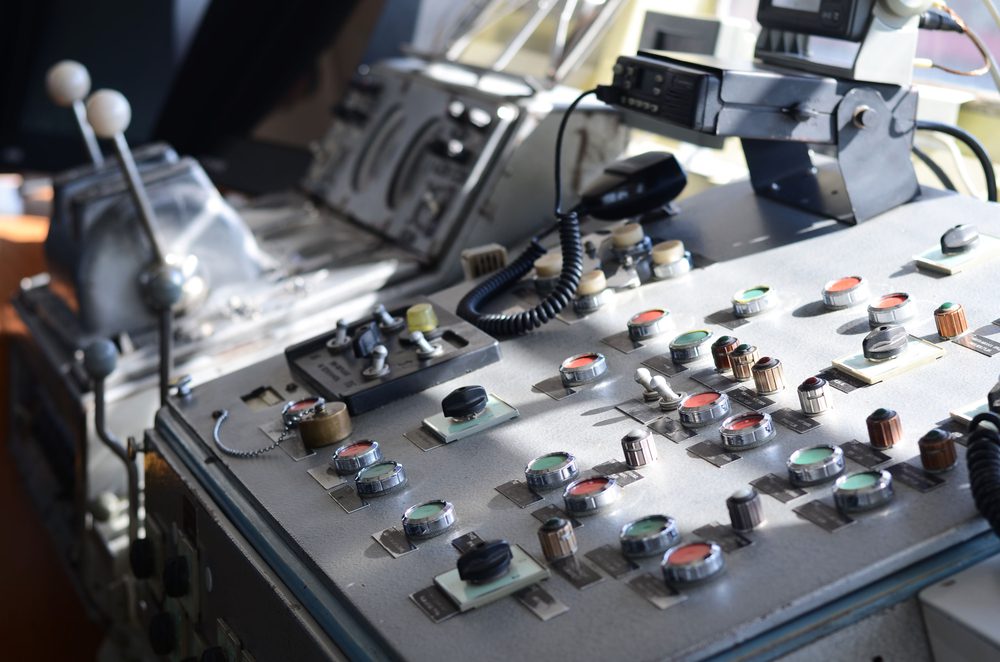
The next phase of Canada’s National Shipbuilding Strategy was announced today focusing on the Canadian Coast Guard’s small vessels fleet. The federal government reports it will invest nearly C$2.5 billion (US$1.8 billion) for the renewal of its small ship fleet through the acquisition of up to 61 vessels. It is part of a strategy that was first launched over a decade ago investing in science and fisheries vessels, mid-size multi-purpose vessels, and ultimately two Polar icebreakers.
The new program focuses on small craft, barges, and work boats providing new equipment to the Canadian Coast Guard. The small vessels provide search and rescue services, assist disabled vessels, and support aid to navigation programs. So far, under the National Shipbuilding Strategy, 16 small vessels, including 14 search and rescue lifeboats and two channel survey and sounding vessels have been delivered to the Canadian Coast Guard.
The next phase calls for an investment to complete the renewal of the Canadian Coast Guard’s small vessels fleet, which plays a critical role, especially in shallow coastal waters and inland lakes and rivers. It will enable them to acquire six mid-shore multi-mission vessels and one near-shore fishery research vessel. It will also consist of 16 specialty vessels, ranging from shallow draft buoy tenders to science and enforcement vessels, air cushion boats, and search rescue lifeboats. The work will be specifically designated to smaller shipyards and suppliers across Canada to support the marine industry.
“This is a critical investment that will help modernize the Canadian Coast Guard’s small vessel fleet,” said Joyce Murray, Minister of Fisheries, Oceans and the Canadian Coast Guard. “We are making sure the Canadian Coast Guard has the equipment it needs to keep Canadians and Canada’s waterways safe, while also creating good-paying jobs across the country.”
It is the latest piece of the government’s long-term, multi-billion-dollar program focused on renewing the Canadian Coast Guard and Royal Canadian Navy fleets. Since the program was launched in 2012, the federal government reports contracts under the strategy are estimated to have contributed approximately C$25 billion to Canada’s gross domestic product.
The first newly built vessel commissioned on the program came in 2019, CCGS Sir John Franklin, the first of three Offshore Fisheries Science Vessels (OFSVs). The other two OFSVs – the CCGS Jacques Cartier and CCGS John Cabot – were delivered in November 2019 and October 2020. The 16 multi-purpose vessels were also provided and they carry out multiple missions, including icebreaking in moderate ice conditions and assisting in shipping and springtime flood control in the St. Lawrence waterway and Great Lakes region. They also perform search and rescue, emergency response, and security and protection missions, and maintain Canada’s aids to navigation.
Two Arctic and Offshore Patrol Ships are also planned and they will serve missions including North Atlantic Fisheries Organization (NAFO) patrols, operating as the primary conservation and protection enforcement vessels on Canada’s east coast, and expanding its patrol capability into the low Arctic. In August 2019, the government also announced the planned procurement of six new program icebreakers to support year-round marine trade in Eastern Canada, the St. Lawrence Waterway, and the Great Lakes. Finally, the government plans two Polar icebreakers.
In addition to the shipbuilding efforts, the government has said it would invest C$2 billion for repairs, refits, and vessel life extension work on the existing fleet until new ships are delivered.
Follow us on Facebook/ twitter















